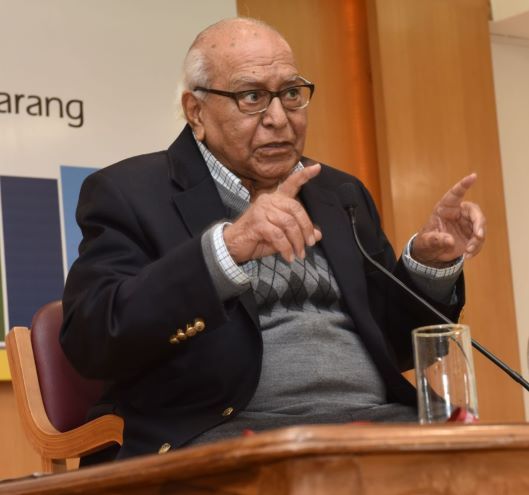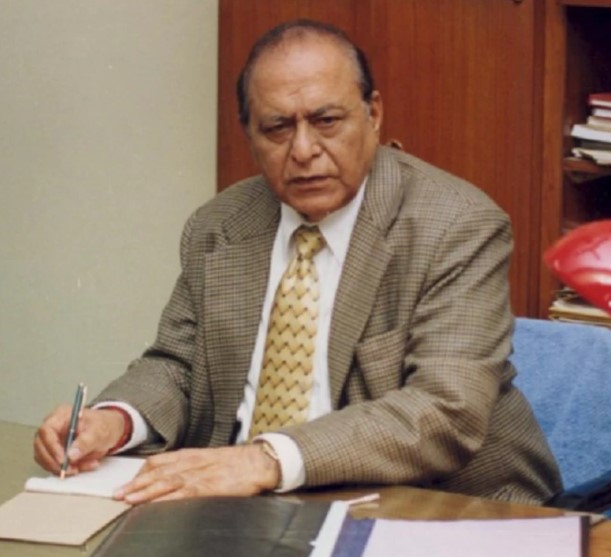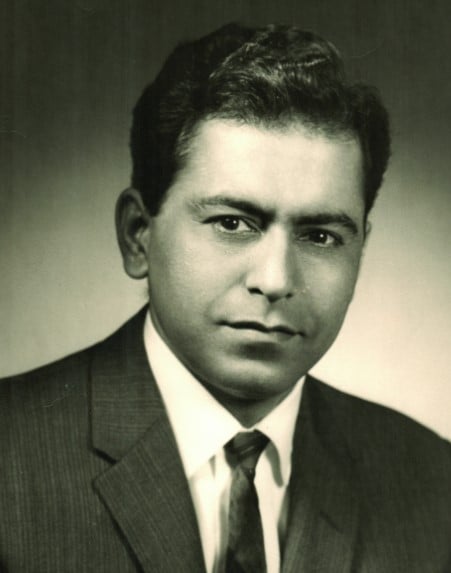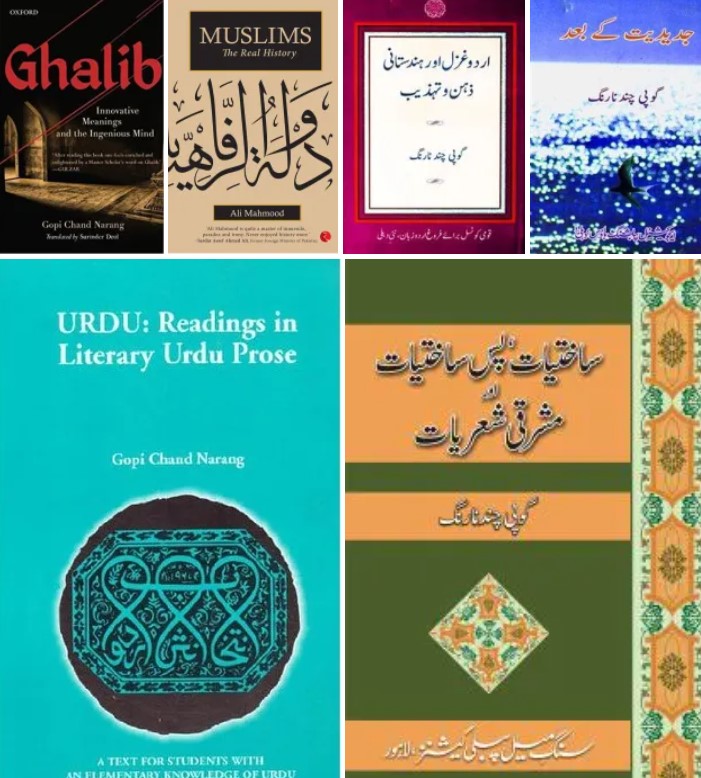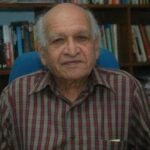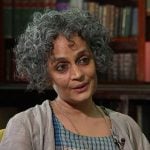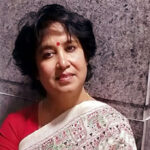Gopi Chand Narang Age, Death, Wife, Children, Family, Biography & More
Quick Info→
Marital Status: Married
Father: Dharam Chand Narang
Age: 91 Years
| Bio/Wiki | |
|---|---|
| Profession(s) | • Theorist • Literary critic • Scholar |
| Famous for | Being an eminent Urdu scholar, linguist, literary critic, and former Chairperson of Sahitya Akademi |
| Physical Stats & More | |
| Eye Colour | Black |
| Hair Colour | Salt and Pepper |
| Career | |
| Awards, Honours, Achievements | 2004: Padma Bhushan 2005: European Urdu Writers Society Award and Mazzini Gold Medal in Italy 1995: Sahitya Akademi Award and Urdu Markaz International Award 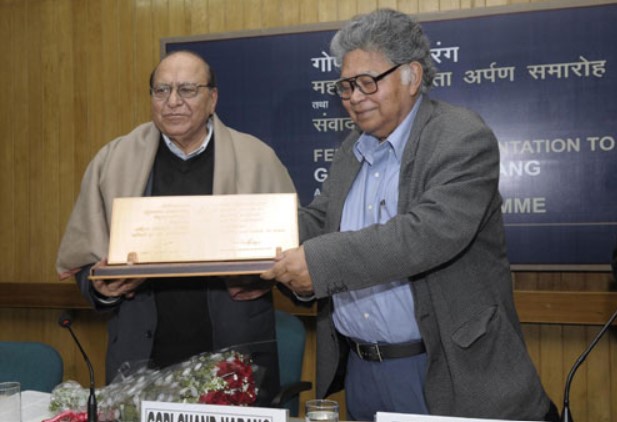 1998: Alami Farogh-e-Urdu Adab Award 1987: Canadian Academy of Urdu Language and Literature Award and the Amir Khusrow Award in Chicago 1985: Ghalib Award 1982: Association of Asian Studies (Mid-Atlantic Region) Award 1977: President of Pakistan Gold Medal 2010: Urdu Academy's Bahadur Shah Zafar Award, Bharatiya Bhasha Parishad Award 2011: Madhya Pradesh Iqbal Samman 2012: President of Pakistan Sitara-e-Imtiyaz Award, the Bharatiya Jnanpith Moorti Devi Award, and Moorti Devi Award 2021: Sir Syed Excellence National Award |
| Personal Life | |
| Date of Birth | 11 February 1931 (Wednesday) |
| Birthplace | Dukki, Baluchistan, British India (present day Balochistan, Pakistan) |
| Date of Death | 15 June 2022 |
| Place of Death | U.S. |
| Age (at the time of death) | 91 Years |
| Death Cause | He died a natural death. [1]ABP Live |
| Zodiac sign | Aquarius |
| Nationality | Indian |
| Hometown | Dukki, Baluchistan, British India |
| College/University | St. Stephen's College, Delhi University |
| Educational Qualification | • 1950: A Bachelors in Arts degree from the University of Delhi • 1952: Master’s degree in Urdu from the University of Delhi [2]Hindustan Times • 1958: A research fellowship (PhD) from the Ministry of Education [3]The Punch Magazine |
| Ethnicity | Saraiki [4]The Punch Magazine |
| Controversy | Gopi Chand Narang attracted controversy when he was serving as the president of the Sahitya Akademi from 2003 to 2007 for corruption and controversial appointments. [5]Kitaab However, later, the charges against him were criticised in an article titled ‘How author and critic Gopi Chand Narang survived a maligning campaign,' which was written by Rahman Abbas. The author of this article mentioned that it was mere propaganda against Narang. [6]Cafe Dissensus Everyday Abbas wrote, Gopi Chand Narang was targeted for his criticism of unrealistic Modernism in Urdu. It was mere propaganda against him that cannot stand the literary scrutiny or any serious debate, those who tried to malign him had no understanding of his work or literary motifs." |
| Relationships & More | |
| Marital Status (at the time of death) | Married |
| Family | |
| Wife | Manorama Narang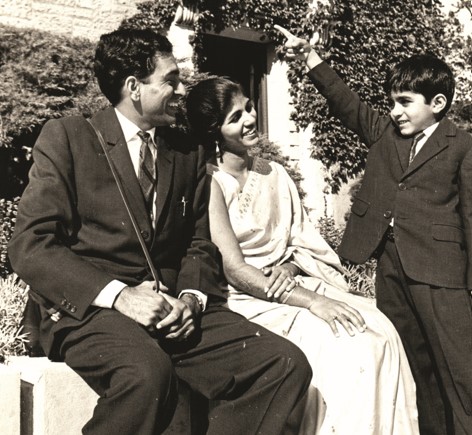 |
| Children | Sons- Arun Narang and Tarun Narang (doctors) |
| Parents | Father- Dharam Chand Narang (litterateur) Mother- Name Not Known 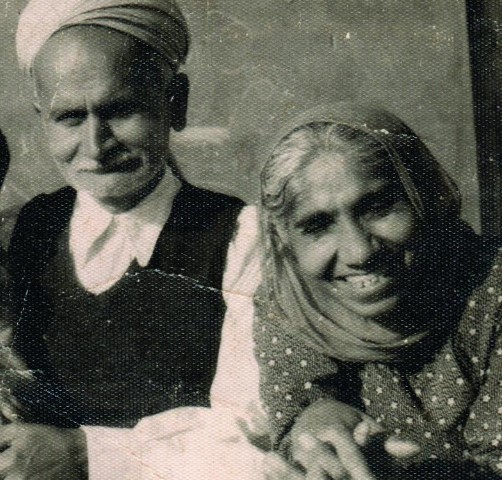 |
| Siblings | Brothers- 4 Yudhisthira Jagdish Chander Arjun BhimSen Sister- 2 Bhagya Shanti 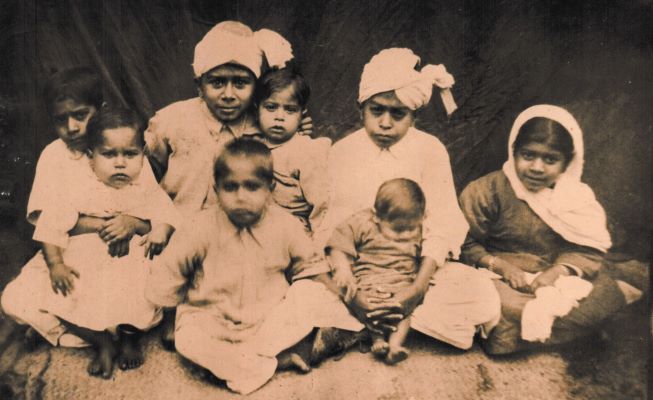 |
Some Lesser Known Facts About Gopi Chand Narang
- Gopi Chand Narang was an Indian scholar, author, and literary critic. He wrote more than sixty-five scholarly and critical books on language, literature, poetics and cultural studies. He wrote twelve books in English, eight in Hindi, and more than 40 in the Urdu language.
- Dharam Chand Narang, the father of Gopi Chand Narang was a Persian and Sanskrit scholar and was a notable litterateur, who encouraged Gopi’s inclination toward literature. At a very young age, Gopi Chand Narang started reading the books by renowned authors such as Ratan Nath Sarshar, the poetry of Ghalib, and Iqbal. His father motivated him to read the theology, Bhakti, and Sufism by authors like Dr Radhakrishanan and Dr Syed Abid Husain.
- Soon after he enrolled himself in the Delhi college and opted for Urdu as the main subject, then his father was not happy with his decision as his father wanted him to opt for mathematics, physics or chemistry as his field of study so he could become an engineer or a scientist.
- From 1957 to 1958, Gopi Chand Narang taught Urdu literature at St. Stephen’s College. In 1961, he was appointed as a reader at Delhi University. In 1963 and 1968, he was designated as a visiting professor at the University of Wisconsin. Simultaneously, he was working as a professor at the University of Minnesota and the University of Oslo.
- In 1961, he published his first book Karkhandari Dialect of Delhi Urdu. Later, Gopi Chand Narang went on to publish over 60 books in Urdu, English, and Hindi.
- In 1974, Gopi Chand Narang started teaching as a professor at Jamia Millia Islamia University in New Delhi. From 1986 to 1995, he again served the university as a professor.
- Gopi Chand Narang was appointed as Professor Emeritus at Delhi University in 2005 and Professor Emeritus Jamia Millia Islamia in 2013.
- His famous literary works include Hindustani Qisson se Makhooz Urdu Masnaviyan (1961), Urdu Ghazal aur Hindustani Zehn-o-Tehzeeb (2002) and Hindustan ki Tehreek-e-Azadi aur Urdu Shairi (2003).
- Some of Gopi Chand Narang’s popular socio-cultural and historical studies include Amir Khusrow ka Hindavi Kalaam (1987), Saniha-e-Karbala bataur Sheri Isti’ara (1986) and Urdu Zabaan aur Lisaniyaat (2006).
- In 1996, Gopi Chand Narang was appointed as the vice-chairman of the Delhi Urdu Academy till 1999. In 1998, he was designated as the vice-chairman of the National Council for Promotion of Urdu Language – HRD. In the same year, he was appointed as the vice-president of the Sahitya Akademi of the university, and he served the position till 2002. In 2003, Gopi Chand Narang was designated as the president of the Sahitya Akademi till 2007.
- In 1997, Gopi Chand Narang was a resident of the Rockefeller Foundation Bellagio Center in Italy. In 1977, Narang was honoured with the President’s National Gold Medal from Pakistan for his contribution to Allama Iqbal. From 2002 to 2004, Gopi Chand Narang was a fellow at the Indira Gandhi National Centre for the Arts. He earned the honorary Doctor of Letters degree from Aligarh Muslim University in 2009, Maulana Azad National Urdu University in 2008, and the Central University in Hyderabad in 2007. In 2009, Gopi Chand Narang was conferred a Fellowship, the highest honour, by the Sahitya Akademi.
- Gopi Chand Narang was blamed for copying some portions of his Sahitya Akademi award-winning book Sakhtiyat, Pas-Sakhtiyat aur Mashriqui Sheriyat (Structuralism, Post-Structuralism and Eastern Poetics) from the secondary sources soon after its publishing.
- According to Gopi Chand, he migrated to Delhi on a Red Cross plane during the partition of India from Balochistan. In a conversation with a media house, he stated that the rest of his family arrived in Delhi later. He said,
At Partition, I was lucky that I was able to migrate to India in a Red Cross plane along with my elder brother in the midst of the Quetta holocaust of 1947. The rest of the family arrived later. I learned to live on my own in the alien city of Delhi.”
- Some books on Gopi Chand Narang include Fe. Seen. Ejaz, ed. 2004. Gopi Chand Narang (Regular Book Edition). Kolkatta: Insha Publications, Saifi Sironji. 2012. Maaba’ad-e Jadiidiyat aur Gopi Chand Narang. Sironj: Intisaab Publications, Jameel Akhtar. 2015. Zindagi Nama: Gopi Chand Narang. Delhi: Educational Publishing House, Zafar Sironji. 2022. Sadi ki Aankh Gopi Chand Narang. Sironj: Intisaab Publications, and Idris Ahmed. 2022. Prof. Gopi Chand Narang Adeeb-o-Daanishwar. New Delhi: Ghalib Institute.
- Some of his Hindi books include Pathakvadi Aalochana (1999), Urdu Kaise Likhen (2001), and Amir Khusrau: Hindvi Lok Kavya Sankalan ( 2021). Some of his English editions include Faiz Ahmed Faiz: Thought Structure, Evolutionary Love and Aesthetic Sensibility (2019), The Urdu Ghazal: A Gift of India’s Composite Culture. (2020), and The Hidden Garden: Mir Taqi Mir (2021). Some of his Urdu editions include Kulliyaat-e Hindavi Amir Khusrau: Ma’e Tashriih o Tajziya Nuskha-e Berlin. (2017), Mashaher ke Khutoot Gopi Chand Narang Ke Naam. (2017), and Imlaa Naama Pakistani Edition. (2021).
References/Sources:

